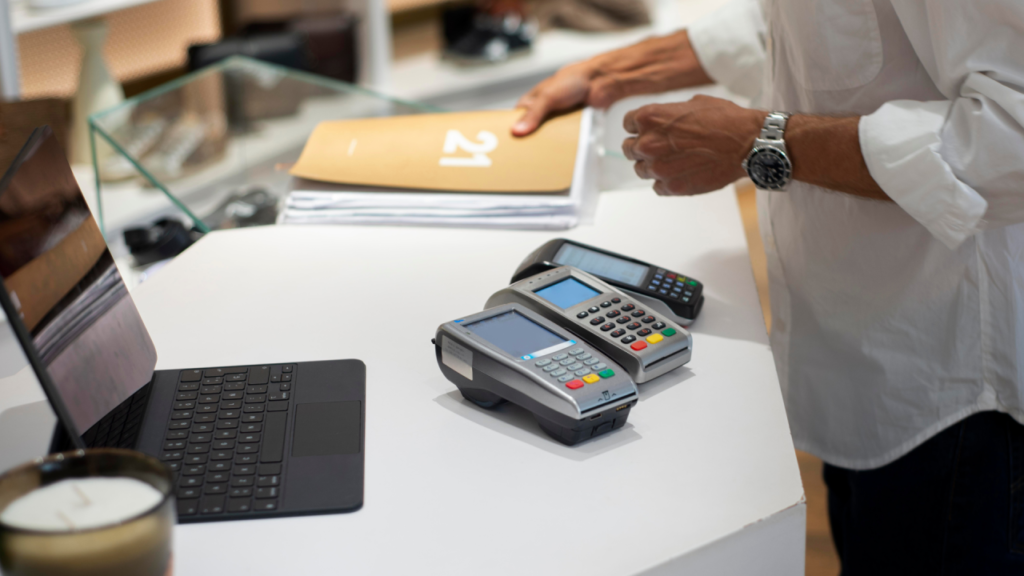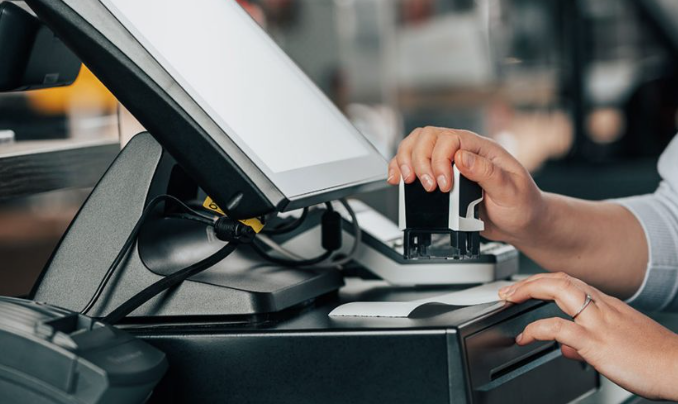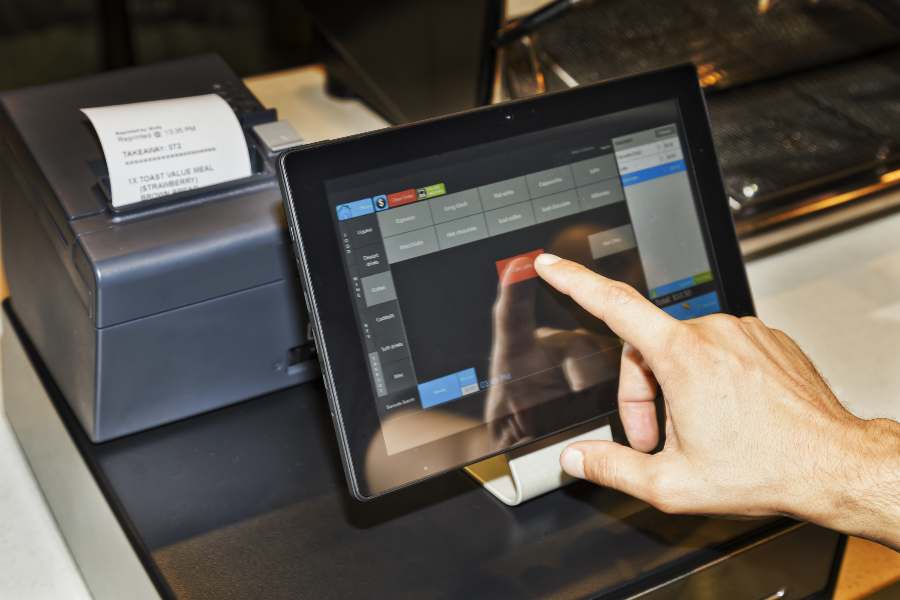Speed Up Transactions with a POS System: A Game-Changer for Modern Businesses

In today’s fast-paced retail and service environments, speed and efficiency at the checkout counter can make or break a customer experience. Long queues, slow payment processing, and human errors not only frustrate customers but also cost businesses valuable time and money. That’s where a modern Point of Sale (POS) system steps in to streamline the transaction process and enhance operational efficiency.
Let’s explore how a POS system helps speed up transactions—and why every business, from retail stores to restaurants, should consider adopting one.
What is a POS System?
A POS system is the combination of hardware and software that businesses use to complete sales transactions. While older systems were primarily electronic cash registers, today’s POS solutions include advanced features like barcode scanning, real-time inventory tracking, digital payments, and customer management.
Whether you’re operating a brick-and-mortar store, a pop-up shop, or an online-offline hybrid business, a POS system centralizes your sales operations and helps serve customers faster and more efficiently.
Key Ways a POS System Speeds Up Transactions
1. Faster Checkout with Barcode Scanning
Traditional checkout methods often involve manually inputting prices or product codes, which is time-consuming and prone to error. With a POS system, barcode scanners automatically fetch product details, apply promotions or discounts, and update the inventory—all in seconds. This significantly reduces transaction time and improves accuracy.
2. Integrated Payment Processing
Modern POS systems integrate with a variety of payment processors to support multiple payment methods—credit/debit cards, contactless payments, mobile wallets like Apple Pay and Google Pay, and even buy-now-pay-later options. Integration means that the transaction is processed directly within the POS software, cutting down the steps for both the customer and the cashier.
3. Simplified User Interface for Staff
User-friendly POS interfaces reduce the time it takes for employees to learn and execute sales transactions. Most systems are touchscreen-based, intuitive, and come with customizable quick keys for frequently sold items, reducing errors and accelerating the checkout process.
4. Automatic Receipt Generation
No more waiting for receipts to be manually written or printed. POS systems instantly generate digital or printed receipts, including detailed breakdowns of taxes, discounts, and payment methods—further saving time per transaction.
5. Customer and Loyalty Data Integration
With POS software, you can quickly access customer profiles, apply loyalty discounts, and offer targeted promotions without having to dig through separate systems. This seamless access improves the customer experience and reduces checkout friction.
Real-World Impact of Faster Transactions
A few seconds shaved off each transaction may not seem like much, but over time, it adds up significantly. For example:
- Retail Stores: Shorter wait times lead to improved customer satisfaction and reduced cart abandonment.
- Restaurants: Fast order entry and payment allow for quicker table turnover and increased revenue per shift.
- Salons and Service Providers: Reduced booking and checkout times mean more appointments per day.
In industries where customer service speed directly affects your bottom line, every second counts.
Beyond Speed: Added Efficiency and Insight
In addition to speeding up transactions, POS systems offer robust data analytics and reporting tools. Managers can easily track peak hours, monitor staff performance, and identify bottlenecks in the checkout process. With these insights, businesses can optimize staffing, layout design, and workflow to further enhance operational speed.
Conclusion
In the digital age, customer expectations are higher than ever. They want fast, convenient, and seamless service—and businesses that can deliver that will thrive. Implementing a modern POS system is no longer a luxury; it’s a necessity for businesses that want to stay competitive.
From reducing manual errors to offering flexible payment options, a good POS system transforms the way transactions are handled. Not only do customers leave happier, but staff can focus more on delivering excellent service rather than fighting with outdated technology.






